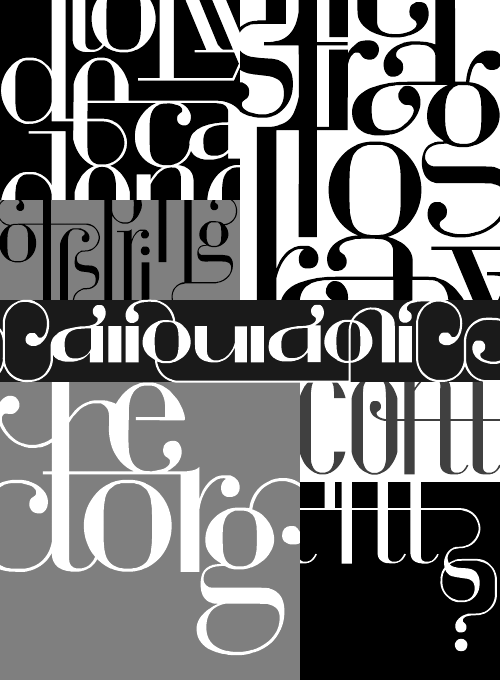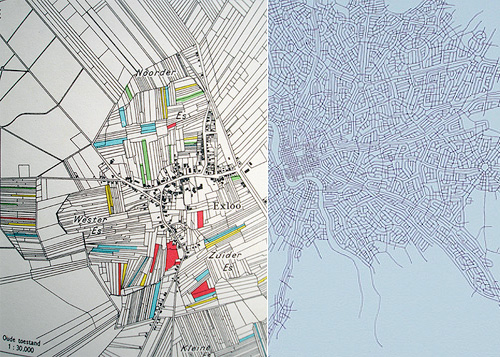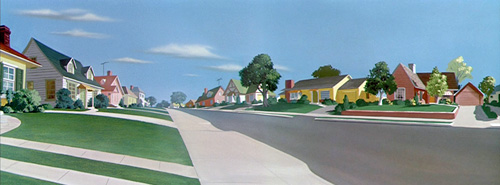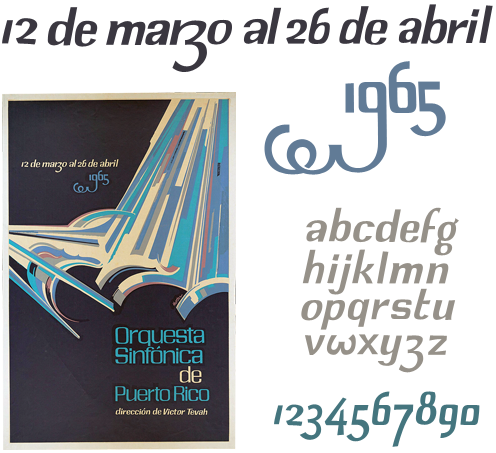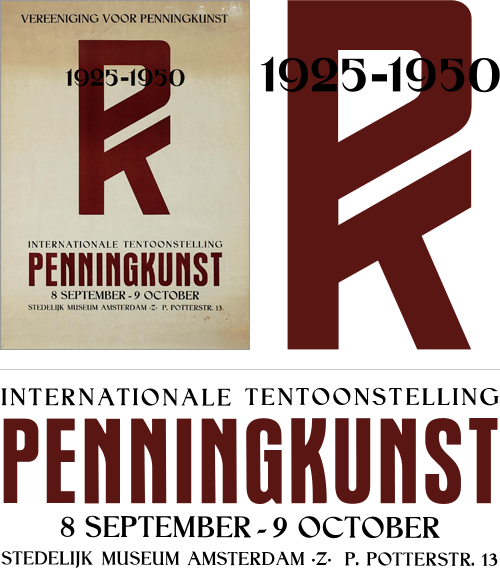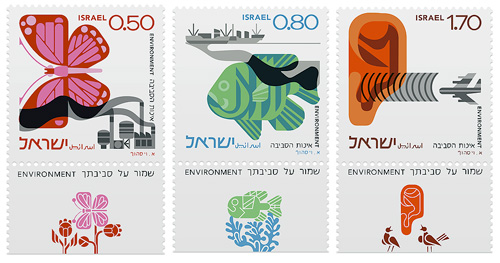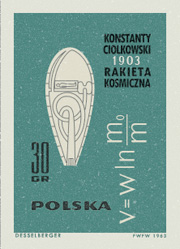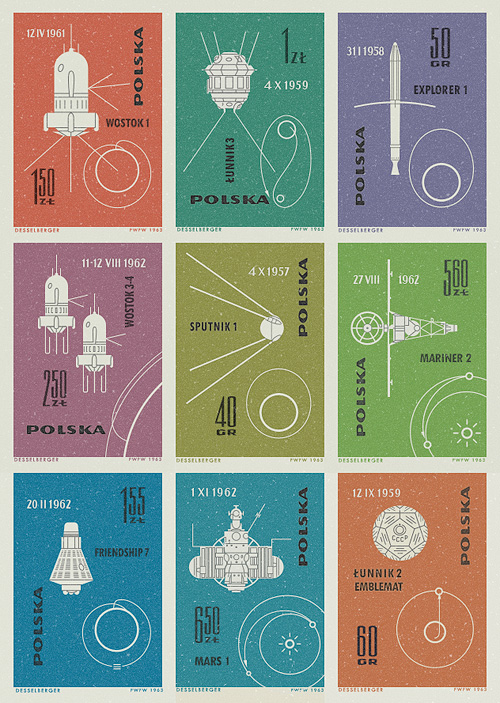David sent me this article, discussing and demonstrating some of the new text rendering features in Firefox 3, compared to Safari. Finally, we have kerning. Hurrah! It really works, too. Now kern-sensitive souls can read Textism without having to scroll the site name off the top of the viewport.
Firefox also supports contextual and discretionary ligatures, which I was fully prepared to get quite excited about until I read that it appears to be somewhat broken when presented with languages other than English. As Ralf Herrmann points out, contextual ligatures are dependent on more than the context of neighbouring characters - the context of language matters too. Fancy that. The Turkish example is especially interesting, as the dotted-i and dotless-i are not interchangable, and using one in place of the other has caused deaths, quite recently too:
The life of 20-year-old Emine, and her 24-year-old husband Ramazan Çalçoban was pretty much the normal life of any couple in a separation process. After deciding to split up, the two kept having bitter arguments over the cellphone, sending text messages to each other until one day Ramazan wrote “you change the topic every time you run out of arguments.” That day, the lack of a single dot over a letter - product of a faulty localization of the cellphone’s typing system - caused a chain of events that ended in a violent blood bath. Gizmodo - rest of story here
As most of my work involves working in multiple languages, I tend to be a bit sensitive to things like this; where developers of a product build in a cultural or linguistic bias even when that product is destined for an international audience. The Firefox team clearly aren’t just intending their browser to be used within the confines of the United States - just one look at this map shows their global ambition. So they should have fully implemented the rules for contextual ligatures in other languages, if they’re going to do it at all. I’m sure it’s an oversight, but if you’re going to do something, you should always try and do it properly - after all, the ligatures could be turned off for languages where the rules haven’t yet been implemented.
But still, kerning! In a browser!
